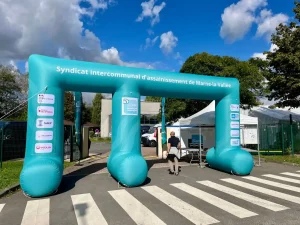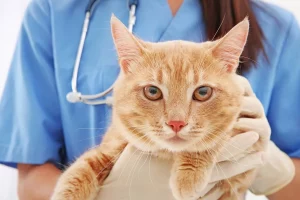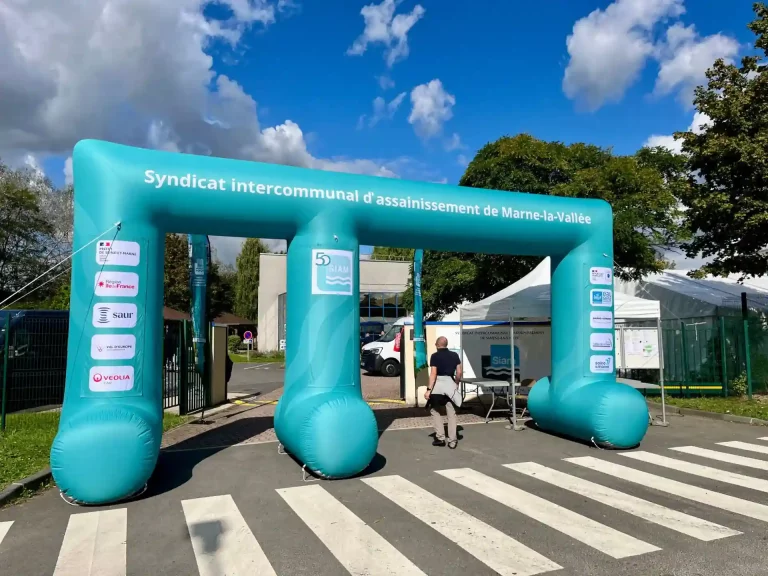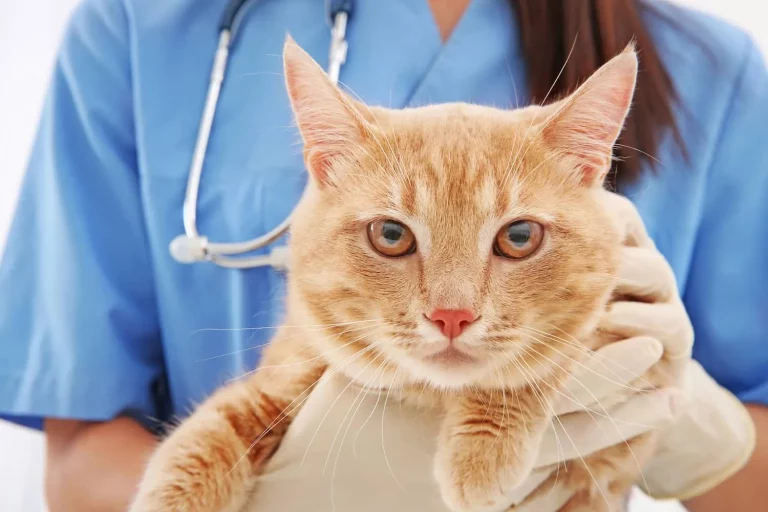Creating a pet-friendly home for esophageal tube feeding involves careful consideration of both comfort and safety. A designated feeding area should be calm and accessible, minimizing distractions that could hinder the pet’s eating experience. Incorporating non-slip mats and secure barriers can enhance safety, while maintaining hygiene is essential for overall well-being. Understanding how to effectively design this space can greatly influence the pet’s quality of life, prompting further exploration into specific design strategies and solutions.
Key Takeaways
- Designate a quiet, comfortable feeding area that minimizes distractions and promotes a relaxing atmosphere for tube feeding.
- Incorporate safety features like non-slip mats and secure barriers to ensure a safe feeding environment for pets.
- Provide organized, labeled storage solutions for feeding supplies to keep them accessible yet out of the pet’s way.
- Establish a regular cleaning schedule to maintain hygiene and prevent spills in the feeding area.
- Create a welcoming space that caters to the pet’s specific needs, enhancing their overall comfort and quality of life.
Designing a Calm and Accessible Feeding Space
Creating a designated area for pet feeding through esophageal tube is essential for your pet’s comfort and safety. This space should be quiet, well-lit, and free from distractions, allowing pets to focus on their feeding without stress or anxiety. Choosing an accessible location ensures caregivers can perform feeding routines efficiently, while pets feel secure and at ease. Comfortable flooring, such as soft mats or rugs, can provide additional support, especially for pets with mobility challenges. By prioritizing accessibility and calmness, this area becomes a reliable, stress-free environment that supports your pet’s nutritional and emotional well-being.
Safety Features and Practical Organization
Safety is paramount when managing pet feeding through esophageal tube, and thoughtful design can reduce the risk of accidents. Non-slip mats, secure barriers, and stable furniture help prevent slips or injuries during feeding. Organizing supplies such as feeding tubes, syringes, and nutritional formulas in labeled storage containers ensures quick access while keeping the area uncluttered. A consistent layout allows caregivers to work efficiently, reducing stress for both pet and owner. Incorporating these safety and organizational features transforms the feeding area into a controlled, predictable space, supporting a smooth routine and safeguarding your pet’s health.

Hygiene and Comfort for Long-Term Care
Maintaining hygiene is critical in a home where pet feeding through esophageal tube occurs. Regular cleaning of feeding surfaces, mats, and equipment prevents contamination and reduces the risk of infections, promoting overall health. Comfortable furnishings, such as padded resting areas nearby, give pets a place to relax before or after feeding sessions. Soft lighting and familiar scents can further enhance comfort, helping pets feel at ease in their space. Thoughtful attention to cleanliness and comfort not only supports physical well-being but also fosters a nurturing environment, reinforcing the sense of safety and belonging that is vital for pets requiring specialized care.
Frequently Asked Questions
What Is Esophageal Tube Feeding for Pets?
Esophageal tube feeding for pets involves inserting a tube directly into the esophagus, allowing for the delivery of nutrition to animals unable to eat normally. This method guarantees proper nourishment and supports their overall health and recovery.
How Does Esophageal Tube Feeding Work?
Esophageal tube feeding involves placing a tube directly into a pet’s esophagus, allowing for the delivery of nutrition and hydration. This method guarantees pets receive essential sustenance when they cannot eat normally, promoting overall health and comfort.
What Pets May Need Esophageal Tube Feeding?
Pets with conditions such as severe dental disease, neurological disorders, or those recovering from surgery may require esophageal tube feeding. This method guarantees proper nutrition for animals struggling to eat or swallow effectively, promoting their overall well-being.
Are There Risks Associated With Esophageal Tube Feeding?
Esophageal tube feeding carries risks, including infection, misplacement of the tube, and potential damage to the esophagus. Careful monitoring and proper technique are essential to mitigate these risks and guarantee the pet’s well-being and comfort.
How Can I Monitor My Pet During Feeding?
To monitor a pet during feeding, observe their behavior closely, ensuring they are comfortable and swallowing correctly. Regularly check for signs of distress or discomfort, and maintain a calm environment to promote a positive feeding experience.
Conclusion
To summarize, creating a pet-friendly home for esophageal tube feeding is essential for both the pet’s physical health and emotional well-being. By designing a calm, accessible feeding area equipped with safety features and maintaining hygiene, caregivers can greatly enhance the feeding experience. This thoughtful approach not only supports the pet’s nutritional needs but also fosters a nurturing environment, promoting comfort and a sense of belonging, ultimately leading to a happier, healthier life for the pet.
You May Also Like To Read:





